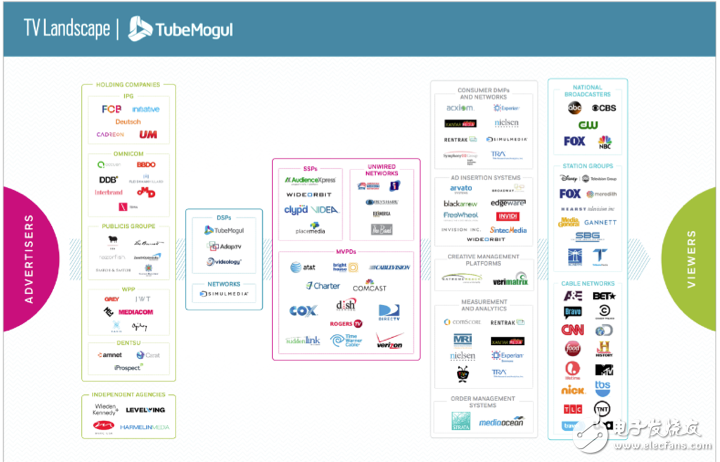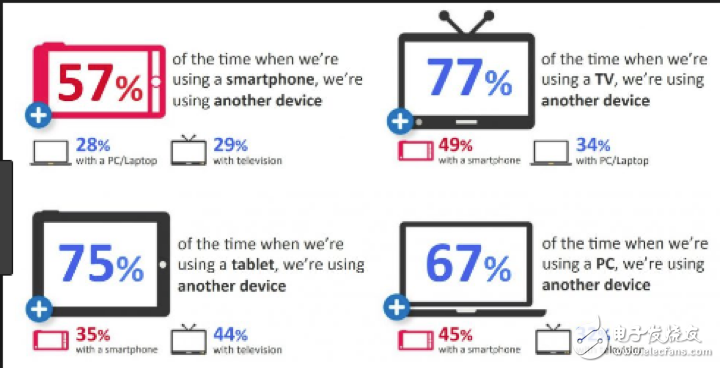Nowadays, TV sets are becoming more and more intelligent, and some brands have sold artificial intelligence as their own characteristics. What changes will new technologies with both advantages and disadvantages bring to our experience of watching TV?
When I was young, I only had three channels on TV. My first TV was black and white, and the second was Telefunken in color. I was so excited. The TV cannot be controlled remotely, and for a long, long time, the TV has only three national channels. Now, log in to Netflix, and you can see the variety shows you watched before, as well as on Amazon Prime and Hulu.
AI+TVï¼AITV
Do you think that TVs with built-in AI and that can be connected to Alexa or Echo are still in the future? It has come true. LG launched a TV called Thinq, which can be used to switch channels, adjust the volume, pause, search, etc. using Alexa or Echo or Echo dot. TV can also become the core of smart home. You can control sweeping robots, air conditioners, and electric lights while watching TV.

At the same time, smart TV also allows advertising to become targeted. From now on, advertisements will be pushed according to the audience's age group, gender, preference, occupation, interest, etc. By 2017, there were 130 million connected TV users in the United States, and this is still increasing at a rate of 180 million per year. Up to now, at least 55% of Americans see advertisements on TV that are targeted Served sexually.
Today's advertising is all-round closed-loop nature. Mobile phones, computers, tablets, and TVs can all receive the same advertising coverage at the same time. If you search for diseases, you will be able to push drug advertisements (sounds very familiar). To be more complicated, if you check swimwear and mountaineering outfits, AI can also calculate that you want to know the price of air tickets and book hotels.

AI is still changing the advertising itself.
It used to be difficult to know whether you saw an ad on a computer or on a mobile phone. After all, people use many electronic devices at the same time, and it is almost impossible to accurately record and track the process of information entering the brain. But now, a technical solution called MCA-AMS connects multiple devices with the same person. AI can record all the slips you make while watching TV, and how these ads affect your behavior. .

TV show
The broadcasting of TV programs is now gradually becoming electronic, and the scheduling of the broadcasting schedule has gradually been transferred to a computer manually.
IBM is already preparing to present content by analyzing text, audio tracks, and videos to form overall data to speed up the lengthy work of TV program broadcasting. One of their recent projects helped Fox Sports complete the seamless live broadcast of the 2018 World Cup, which included 320 hours of original live broadcast content for a total of 64 matches. Aspera technology transfers events from 12 sports venues in Russia to the management system and creative team in Los Angeles.
Using AI technology, Watson selected all the clips of Cristiano Ronaldo or Lionel Messi from the previous World Cups and formed a "classic collection"; BBC4 also used machine learning to help the BBC find the best A-V content library in the past 50 years Yes, the one that resonates most with ordinary audiences.

Technology Application
In addition to locking the required clips, AI is also used to compress videos and maintain network resilience. The former AI can detect the quality of the video, and the latter helps the live broadcast company maintain server traffic, which will be diverted to the cloud and cooperative servers when the number of viewers soars.
In terms of video push, several of my apps can integrate all of my subscribed channel information across platforms, and then give recommendations based on viewing records and preferences. Among the more well-known ones are Movix, Gowatchit, reelgood, justwatch, and Yidio. Movix is ​​an AI-powered movie recommendation service launched by DeepSystems. The architecture of Google's Ternsorflow is also supported by GPU. Unlike other similar services, it does not think out a recommendation list in advance, but calculates recommendations on the server immediately.
Netflix is ​​the most well-known film and television platform, and this success is inseparable from his recommendation engine. The company also published a paper in this field, revealing that the platform uses the following technologies:
Private video ranking
Through private file creation, the technology can give corresponding private rankings in different movie and TV categories, so that different users see different recommendation rankings even in the same category.
"Favorites" list
The ranking only focuses on a few videos that users like most.
Popularity
Adding data from other users, the technology combines historical records and Beacon (a service that records all user impressions and activities) to calculate the hottest videos on Netflix.
Keep watching
The videos that enter this list are all filtered, and the user confirms that they want to watch again or continue to watch.
From the comparison of the similarity between video and video to the generation of recommendation pages, data and machine learning technologies are everywhere in the TV and video industries. AI becoming an indispensable part of the industry is no longer the "imagination" of tomorrow, but the reality of today.
Ceramic Housing
Ceramic Housing
YANGZHOU POSITIONING TECH CO., LTD. , https://www.pst-thyristor.com